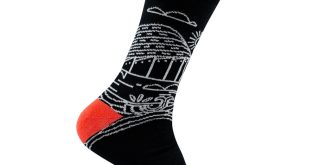
One of the best presses for transfer printing, the Saturn Platinum II sets the standard for high tolerance printing in a compact press, with a level of control and quality normally found only in large, expensive presses.
The Saturn Platinum II features M&R’s SoftVac whisper-quiet, high-volume vacuum system. The digital keypad with alphanumeric display simplifies programming, and micro-registration with visual guides makes setup and adjustment fast and simple. But it’s the SoftVac that is critical when it comes to transfer printing. As you are printing onto a transfer paper the vacuum is needed to keep the paper in place while you print the plastisol ink ready to transfer.
M&R’s SureVac Vacuum Pallet System enables textile presses to print specialised products, including transfers, poster stock, and other rigid and semi-rigid flat substrates. SureVac Pallets can be retrofitted to most manual and automatic M&R carousel presses. It’s the fast, easy way to maximise textile press versatility.
The SureVac Vacuum Pallet System includes a foot pedal and valve assembly that allows the operator to turn the vacuum on and off from the load station.
Plastisol transfers are a great choice for printing company logos, labels and text. The colours are bold and very durable, making them a popular way to decorate a garment.
Plastisol transfers are typically cold peel making them very easy for anyone to apply and are suitable for most types of garment fabric.
To print a plastisol transfer you require transfer powder, cold peel transfer paper and a plastisol ink. You screen print the design (mirrored) onto the transfer paper and scatter the powder onto the printed design. Alternatively, if using the D. Roper Transfer Powder Adhesive, you can add the powder (5%) to the plastisol ink instead.
These transfers can then be stored until you want to apply them to a garment. To apply them, place the transfer face down on the garment and use a heat press or iron to apply heat in order to bond the ink to the fabric. Allow the print to cool before the paper is removed (hence cold peel). The transfer sits on the surface of the fabric giving a slightly raised feel. When cured correctly these types of print produce a strong transfer which will withstand many wash/wear cycles without degrading.
Top tip: To check if a plastisol transfer has cured; peel off the paper (once cool) and crumple the design in your hand. If the transfer cracks then it’s over cured, if it sticks together it’s under cured. If the transfer blooms like a flower it’s just right.
 Printwear & Promotion The Total Promotional Package
Printwear & Promotion The Total Promotional Package




